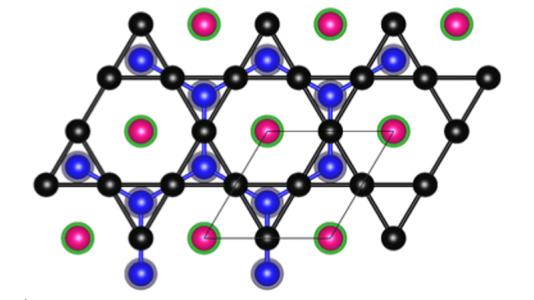
Scientific Achievement
We mapped the temperature and field locus of the topological Hall effect in centro-symmetric YMn6S6 and explained its origin through population of chiral magnons.
Significance and Impact
Fluctuation-driven chiral nematicity represents a completely new approach for generating a topological Hall current, distinct from skyrmionic or non-coplanar mechanisms because it emerges from a nonchiral static spin configuration.
Research Details
- Single crystal neutron diffraction in field reveals cascading set of magnetic phase transitions.
- DFT calculations explain the progression of observed magnetic phases.
- Phenomenological theory explains topological Hall signal as arising from strong nematic chiral fluctuations.
Argonne National Laboratory seeks solutions to pressing national problems in science and technology. The nation’s first national laboratory, Argonne conducts leading-edge basic and applied scientific research in virtually every scientific discipline. Argonne researchers work closely with researchers from hundreds of companies, universities, and federal, state and municipal agencies to help them solve their specific problems, advance America’s scientific leadership and prepare the nation for a better future. With employees from more than 60 nations, Argonne is managed by UChicago Argonne, LLC for the U.S. Department of Energy’s Office of Science.
The U.S. Department of Energy’s Office of Science is the single largest supporter of basic research in the physical sciences in the United States and is working to address some of the most pressing challenges of our time. For more information, visit https://energy.gov/science.